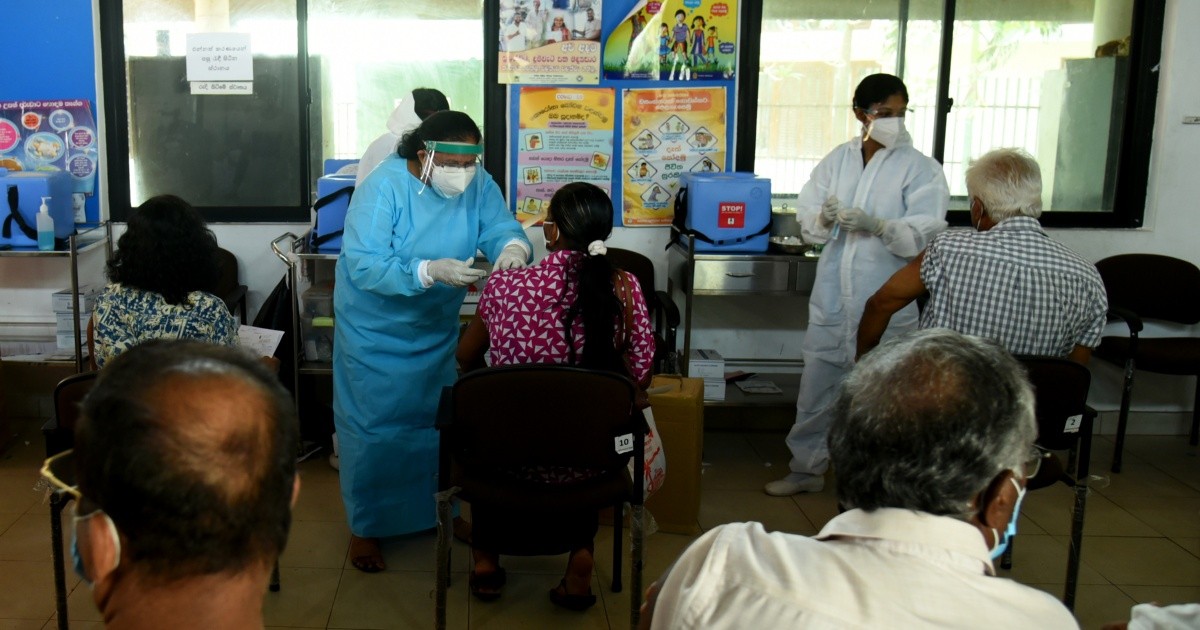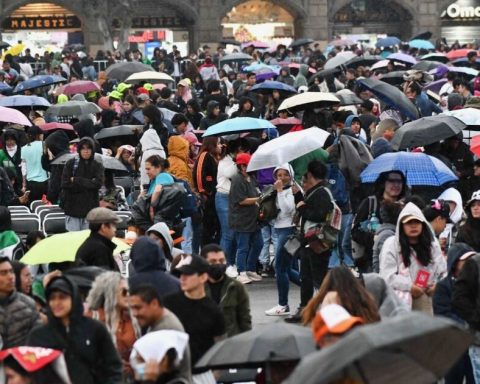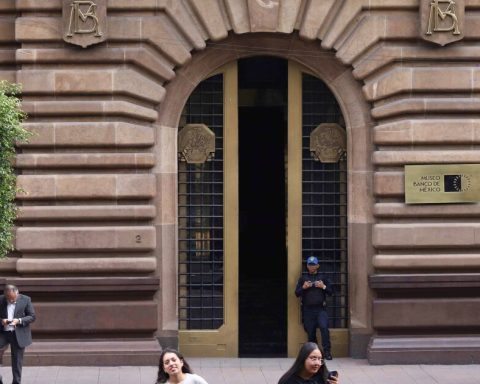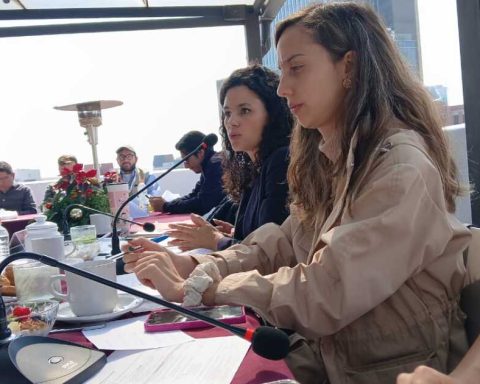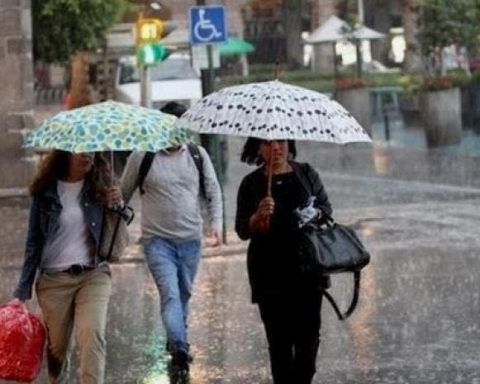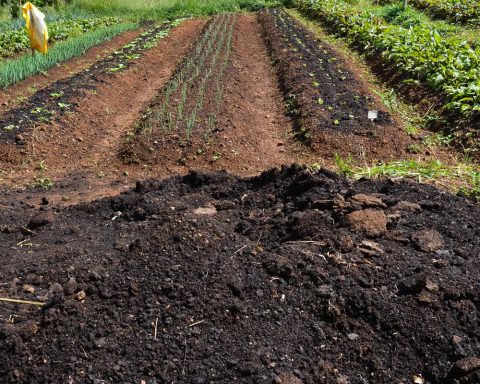Since March 2020, the world has had to face the Covid-19 pandemic, an unprecedented challenge with terrible health and socioeconomic effects. In this context, effective vaccines have been developed to combat the disease in an exceptionally short period of time. However, despite the messages from the World Health Organization (WHO)these vaccines do not reach all parts of the world in the same way.
Our research focuses on analyzing the degree of inequality in the distribution of vaccines and finding out the possible causes and effects of these disparities. To do this, we try to answer the following three questions:
1. To what extent are vaccines distributed equitably?
To elucidate this question we used vaccination data collected by Our World in Data; specifically, the information at the end of each month, from May to December 2021. The objective was to gather a broad sample of countries, since the immunization process had already begun at that time in most of the world.
Own elaboration, Author provided
The graph shows that the proportion of fully vaccinated individuals increased significantly during the analyzed period. At the end of December, the continent that presents the most people with the complete guideline is Europe, followed by North and South America.
At the opposite extreme is Africa, where less than 10% of the population had received needlesticks. This fact reveals the unequal access that countries have had to vaccines during this period and the moderate success of the COVAX initiative to make them available to all countries.
2. What are the reasons for the differences in vaccination between countries?
In order to unravel the reasons for these differences, we use linear regression models on the percentage of people fully vaccinated at the end of December 2021. That is, we try to explain the vaccination rate based on a series of variables.
Our results show that GDP per capita has a positive impact on the proportion of individuals who have received immunization. Also, as expected, the high life expectancy also has a positive influence. On the contrary, a high mortality rate due to cardiovascular diseases reduces the number of vaccinated.
Taking into account that these variables reflect the degree of development, the results suggest that less developed countries (with lower life expectancy and higher mortality rate from cardiovascular diseases) have a lower proportion of fully vaccinated individuals.
3. What is the relationship between GDP growth and the vaccination rate?
After analyzing the determining factors of the vaccination rate, we consider it interesting to examine the relationship between said rate, the incidence of the disease and GDP growth. Since the three concepts are interconnected, we use a Simultaneous Equations Model (SEM) with four equations.
This model shows that the proportion of fully vaccinated individuals is associated with the number of positive cases of Covid-19, which could be explained by three reasons:
-
The countries that have suffered the most from the pandemic have made a great effort to achieve a high rate of immunized individuals, especially in Europe.
-
The increased number of tests carried out in these areas may affect the detection of positive cases.
-
Vaccines are not sterilizing and, therefore, they do not eliminate infections, but they do reduce the severity of the disease.
Regarding the relationship between vaccines and economic growth, our model confirms that the former positively affect the latter. This implies that those countries capable of achieving a high rate of vaccination among their inhabitants will recover more quickly from shock economy produced by the pandemic.
Conclusions
In the current context of the pandemic, the vaccination process reveals the existing inequalities between countries and how these affect the well-being of their citizens. Thus, people who live in less developed places have a lower probability of being vaccinated, which translates into a greater probability of dying from Covid-19.
Likewise, the economic future is compromised by low levels of vaccination, given the positive and significant relationship between the rate of immunized individuals and GDP growth.
In summary, while some countries try to return to a certain normality, even with some pandemic protocols, the situation in the less developed ones is more difficult, due to the weakness of the health systems and the low vaccination rates. Thus, the poorest countries, with a lower rate of vaccine penetration, will experience lower GDP growth and will suffer the economic effect of the health crisis more intensely.
The results obtained indicate that inequality in access to vaccines will have a profound impact on the recovery of low-income countries if urgent measures are not taken to ensure equitable access, and will delay the progress of Sustainable Development Goals (SDG). In addition, that disparity could increase other types of inequalities, since not being vaccinated generates economic and social disadvantages.
![]()
Ana Jesus Lopez MenendezProfessor of Applied Economics, Oviedo University and Ana Suarez AlvarezApplied Economics, Oviedo University
This article was originally published on The Conversation. read the original.
![]()
